life expectancy with pulmonary hypertension
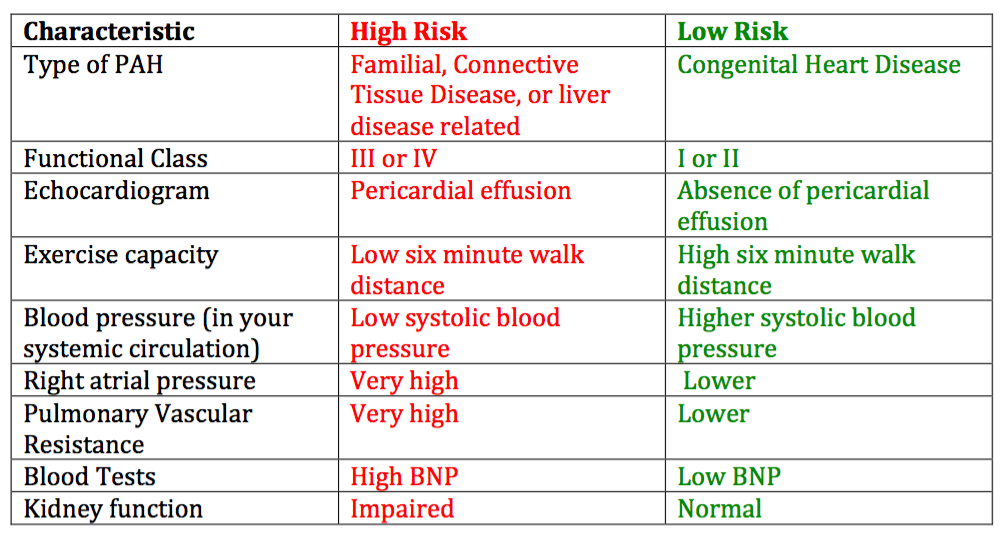 Life Expectancy & Prognosis for Pulmonary Arterial Hypertension
Life Expectancy & Prognosis for Pulmonary Arterial HypertensionResearch, life expectancy and prognosis for PHMajor developments in pulmonary hypertension affecting prognosis1. Approval of initial therapy with Letairis and AdcircaThe importance of an early aggressive regime for the treatment of HPA. Although this study did not demonstrate a mortality benefit, there were dramatic improvements in clinical deterioration. 2. Availability of oral prostanoid drugs (Orenitram and Uptravi) although exciting development does not translate into measured improvements in results for most patients studied. We should be cautious about this agent. In contrast, clinical worsening rates were reduced in patients with IC3. New published data on the role of anticoagulation Two recent publications tried to shed light on the role of . Unfortunately, the message was very confusing for patients with idiopathic PAH. For patients with other types of PAH, the message was more consistent, without the advantage of anticoagulation. The best data available to determine life expectancy in pulmonary hypertension First we need to recognize that we do not have a good way to predict a patient's life expectancy. What we have is data that look at several large groups of patients for many years. These data were collected mostly at the beginning of the year 2000 as part of the Reveal Registry and therefore do not reflect the best attention of today. What these data showed us is that in this group of 2,635 patients, the total survival of one year was 85%, the survival of three years was 68%, the survival of five years was 57% and the survival of seven years was 49%. A closer look at this data also showed us that certain features predict a greater likelihood of doing wrong. These characteristics are grouped under the term "high risk tools". Certain features predict a much better course and are called "low-risk features". How much can I expect to live with pulmonary hypertension? Although pulmonary arterial hypertension was discovered in 1891, there were no known treatments for the disease until 1994 when Flolan was introduced. Before the release of that medication, the prognosis and life expectancy for a patient with pulmonary hypertension were about 3 years and took an average of 2 years to accurately diagnose a patient. was the first drug to increase life expectancy up to 5 years for patients with pulmonary hypertension. While we do not currently have a cure for the disease, several more treatments have been approved for the PAH thanks to research. Over the past 20 years, we have gone from non-medical to treat HPV to more than 10 medications. More medications are being studied. We are optimistic that our patients will continue to experience greater survival and better quality of life. To reiterate, no doctor has a crystal ball. However, in general, patients who fit into the low-risk group (up) live more than 10 years. As patients begin to acquire more and more high-risk features, survival decreases. In my patients who have all the high-risk features, despite my most aggressive combination of medication, we often start talking about lung transplantation. Research treatments and a possible cure for pulmonary hypertension The best news for patients with HPA is that we have a rich pipeline of new drugs being studied for HPA. We are still very optimistic that we will continue to improve the survival of our patient. I encourage my patients to be part of the process of improving patient outcomes by participating in clinical trials of research. Main Players in Pulmonary Hypertension Research Progress in the treatment of patients with pulmonary hypertension would not have been possible without research. There are several key players in bringing a medicine to the market or making it available to patients. Pharmaceutical companies that established the research study for the specific drug, which becomes participating sites for studies, and most importantly is that patients with pulmonary hypertension that are enrolled in research studies. Research is such an important part of bringing new therapies to the market that PHA (Hypertension Association) requires that everyone have a fully functional research department. Who can participate in lung hypertension research Each research study has strict rules on which types of patients can be registered, how the medication will be administered and what measurements will be used to determine the results of the study. Many of the studies have requirements on what background therapy a patient may have before they are enrolled in the study. For example, the protocol (recording rules) could say that a patient cannot be in any for pulmonary hypertension before enrolling in the study or protocol could say that they may be in Adcirca or Revatio but not Letairis or Tracleer. It is increasingly difficult to find patients with pulmonary arterial hypertension to enroll in studies, as many of them are beginning therapies with doctors outside specialized clinics and disqualifying themselves as research candidates. Steps to participate in research for pulmonary hypertension Most of the centers of pulmonary hypertension of excellence participate in research studies. If the doctor you are currently working with does not participate, tell them you would like to learn more about research studies for lung hypertension treatments. They can refer you to a center that is currently inscribed patients in studies. Research is completely separate from the patient's clinical management, which means that your current doctor will continue to participate in your care. It is important that potential research patients understand the risks and benefits of enrolling in a research study and what is expected of them throughout the study. The patient will be asked to take the study information and read through it and discuss any questions or concerns again. Once all your questions are answered, you will be asked to sign an informed consent if you are interested in participating. It is important to understand that while a doctor can offer the patient the opportunity to participate in a study, the decision always depends on the patient. Some patients will want to participate in research, but they do not conform to the specific rules of ongoing research studies. The sponsor (usually a pharmaceutical company) of the study is ultimately responsible for deciding which patients are eligible to register. Once you are enrolled in a research study, you can choose to stop at any time. This is called revocation of consent. You will not be punished or will suffer negative consequences from your doctor if you decide to stop participating. Some studies last a few months and others last for many years. We're very excited about the investigation. Through their participation we can improve the care of all patients with HPV. PAH Life Expectancy Main developments in pulmonary hypertension affecting the prognosis 1. Approval Where to Get Treatment? Where to get treatment for pulmonary hypertension? Pulmonary arterial hypertension is a popular post So I cannot tell you how often my patients ask if your doctor will be offended if the patient will be different By The first visit in a PH center can be very overwhelming. Many patients receive news that they have a serious life Get our newsletter! Recent blogsCategories ArchivesCopyright © 2021 Inspire lung media, LLC
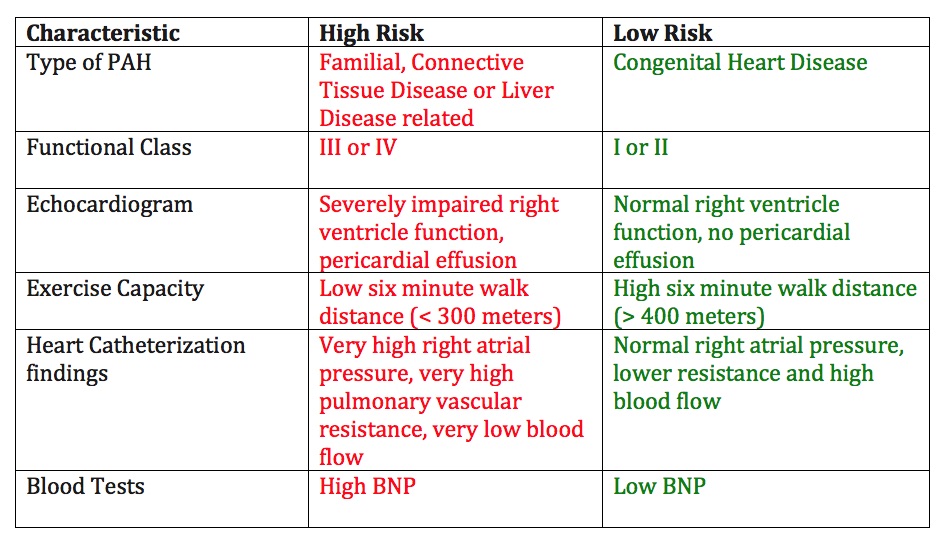
Pulmonary Arterial Hypertension Life Expectancy & Survival Rates

Markers of good and poor prognosis in pulmonary arterial hypertension.... | Download Scientific Diagram
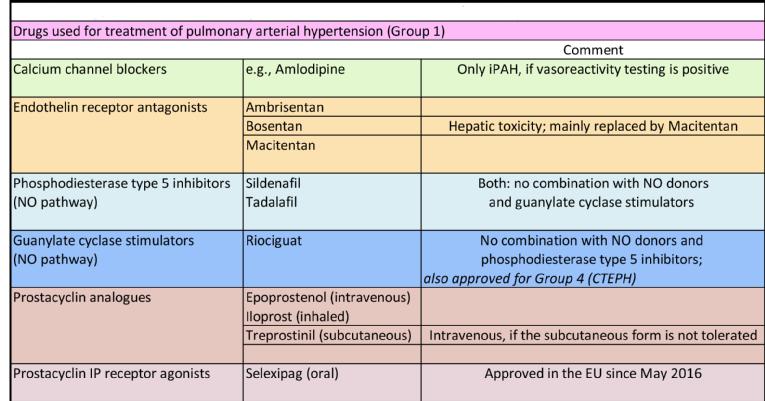
What can be expected from current treatments for pulmonary hypertension?
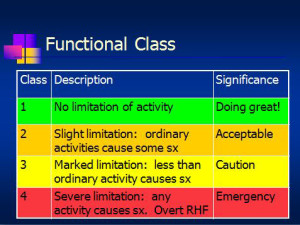
Functional Classification of Severe Pulmonary Arterial Hypertension

Pulmonary Hypertension Life Expectancy | Best Information And Tips

Moving forward in pulmonary arterial hypertension - The British Journal of Cardiology

Pulmonary Hypertension: Prognosis & Life Expectancy

Pulmonary arterial hypertension: the burden of disease and impact on quality of life | European Respiratory Society
Pulmonary Hypertension in Patients with Idiopathic Pulmonary Fibrosis – The Predictive Value of Exercise Capacity and Gas Exchange Efficiency

Pin on Respiratory/Lungs, Smoking
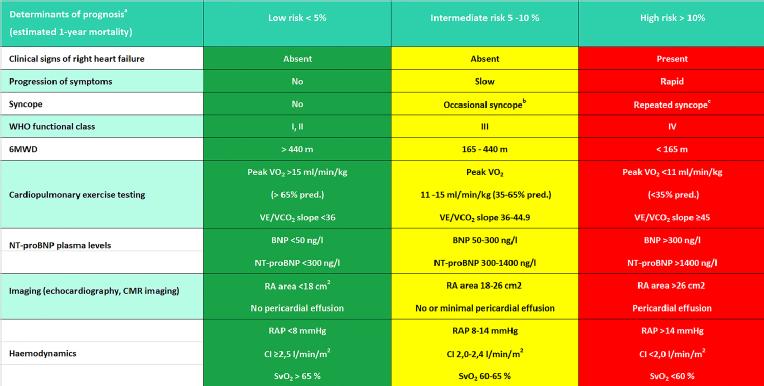
What can be expected from current treatments for pulmonary hypertension?

Prognosis of Pulmonary Arterial Hypertension* - CHEST
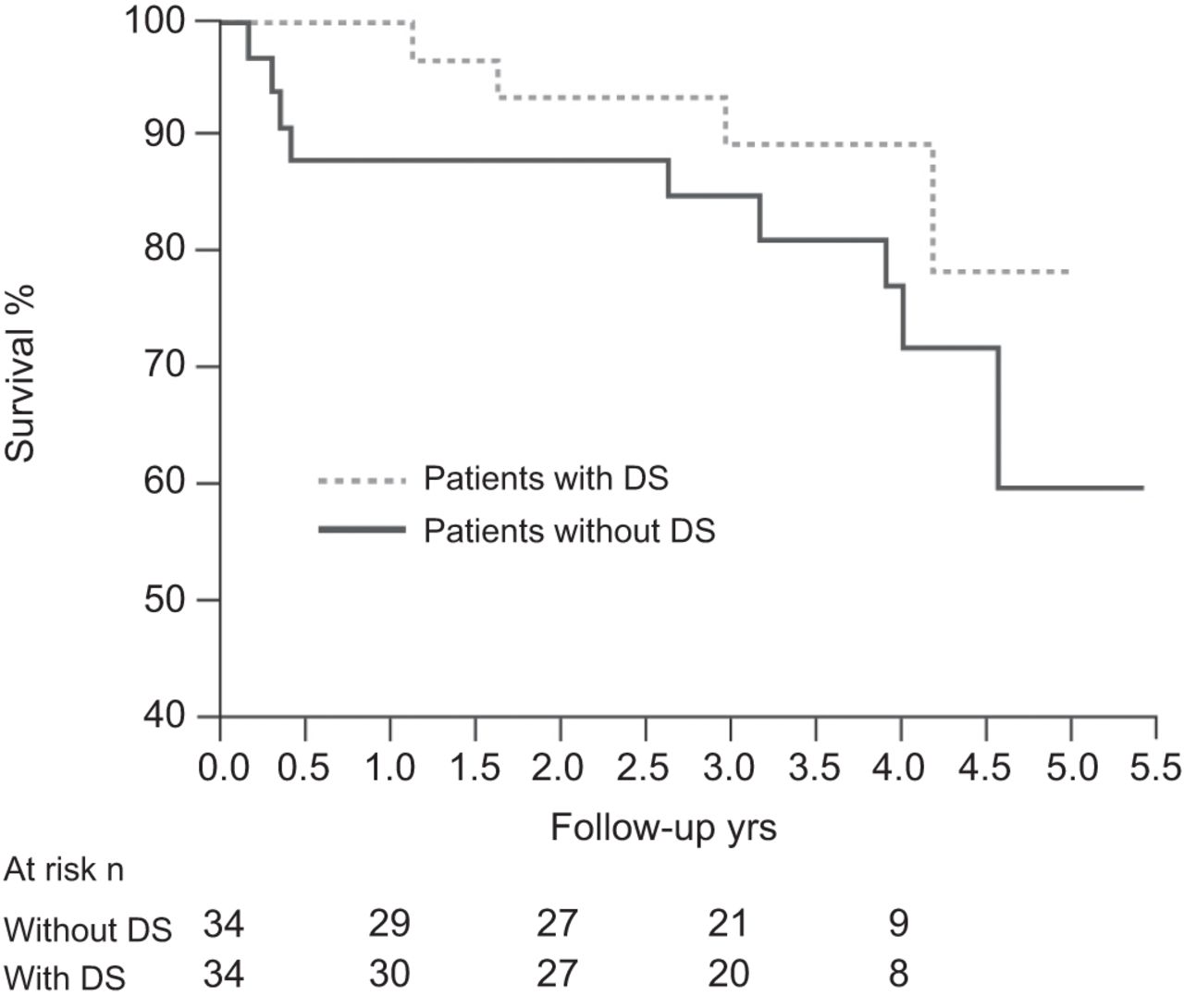
Pulmonary arterial hypertension associated with congenital heart disease | European Respiratory Society
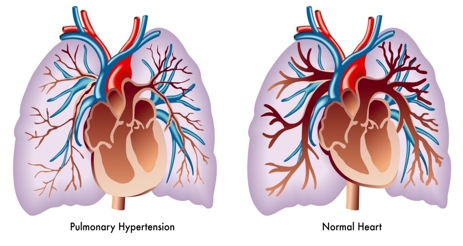
New Survey Finds People With Pulmonary Hypertension Face Serious Health, Social And Financial Impacts

P39 Pulmonary Hypertension (PH) associated with lung disease/ hypoxia | Thorax

Swiss Medical Weekly - Chronic thromboembolic pulmonary hypertension
Pulmonary Hypertension in Patients with Idiopathic Pulmonary Fibrosis – The Predictive Value of Exercise Capacity and Gas Exchange Efficiency

Quality of life in patients with chronic thromboembolic pulmonary hypertension | European Respiratory Society

Pin on health
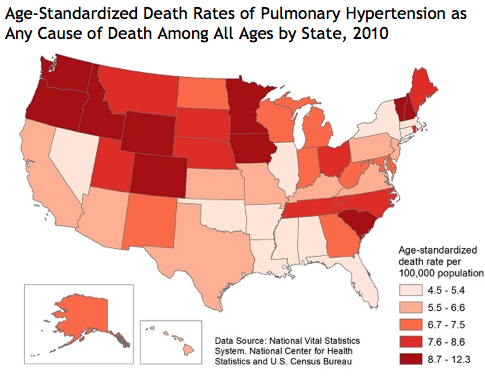
New Survey Finds People With Pulmonary Hypertension Face Serious Health, Social And Financial Impacts
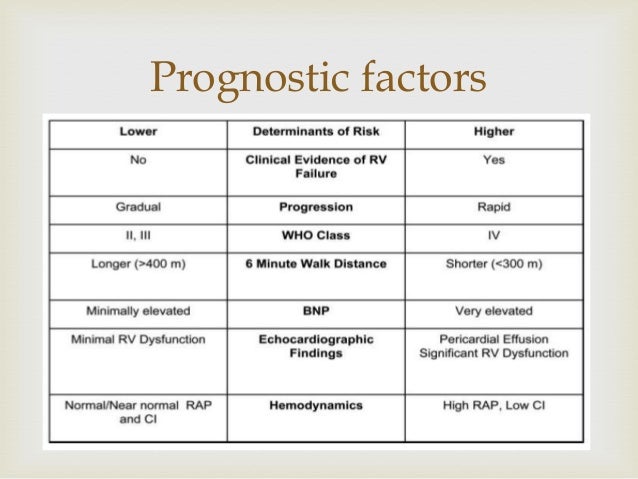
Primary pulmonary hypertension
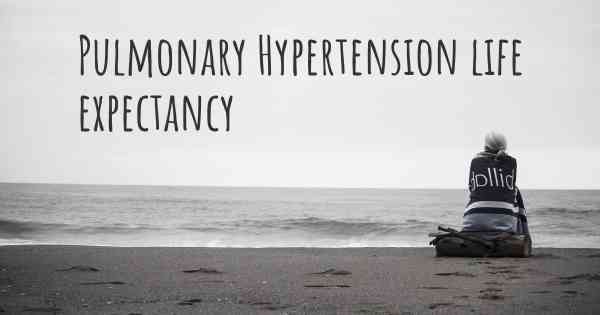
▷ What is the life expectancy of someone with Pulmonary Hypertension?
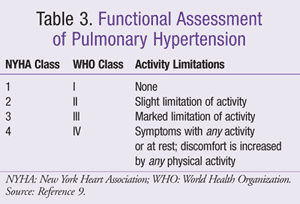
Pharmacologic Treatment of Pulmonary Hypertension
Guidelines for the diagnosis and treatment of pulmonary hypertension

Management of severe pulmonary arterial hypertension | European Respiratory Society
80: Pulmonary Hypertension, freeways, and cows in heart failure - The Curbsiders
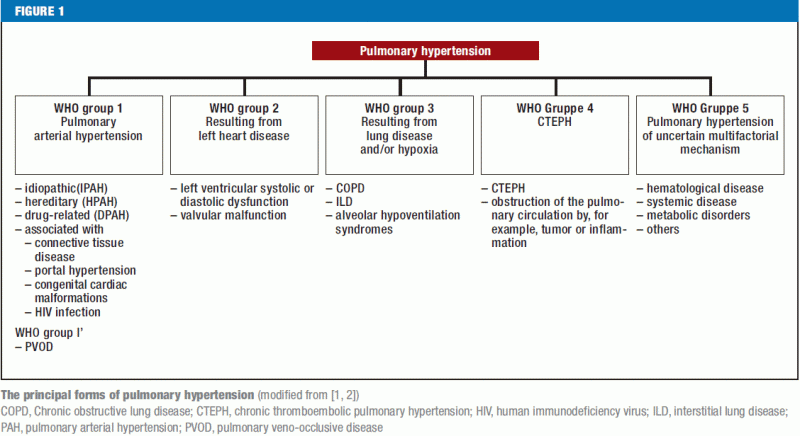
Pulmonary Hypertension (03.02.2017)

What is pulmonary hypertension? phaware global association description of PH — phaware.global
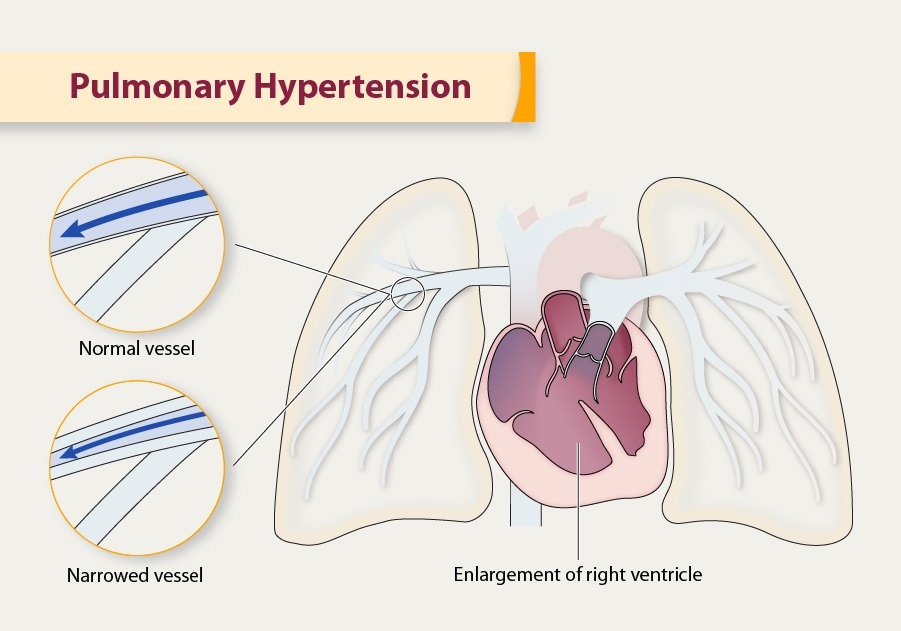
Pulmonary Hypertension | cdc.gov

Pin on Pulmonary Hypertension

Hemodynamic Phenotyping of Pulmonary Hypertension in Left Heart Failure | Circulation: Heart Failure

Pulmonary Hypertension in Heart Failure: Pathophysiology, Pathobiology, and Emerging Clinical Perspectives - ScienceDirect
Life Expectancy & Prognosis

Idiopathic Pulmonary Fibrosis Stages and Life Expectancy | Lung Health Institute
80: Pulmonary Hypertension, freeways, and cows in heart failure - The Curbsiders

Assessment of Life Expectancy in Scleroderma-Associated Pulmonary Arterial Hypertension - Rheumatology Advisor

The Myth of the Stable Pulmonary Arterial Hypertension Patient
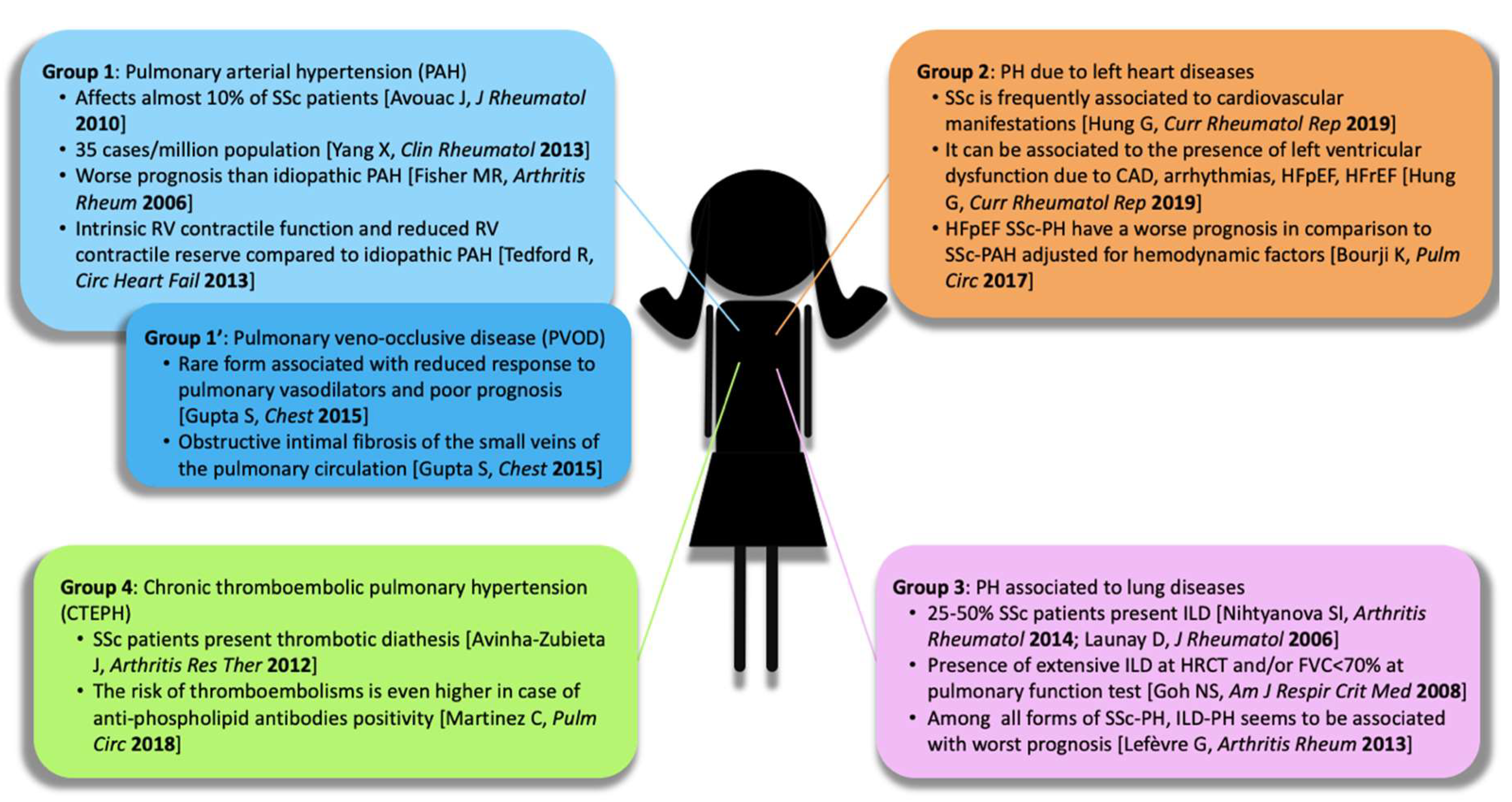
IJMS | Free Full-Text | Pulmonary Hypertension Phenotypes in Systemic Sclerosis: The Right Diagnosis for the Right Treatment | HTML
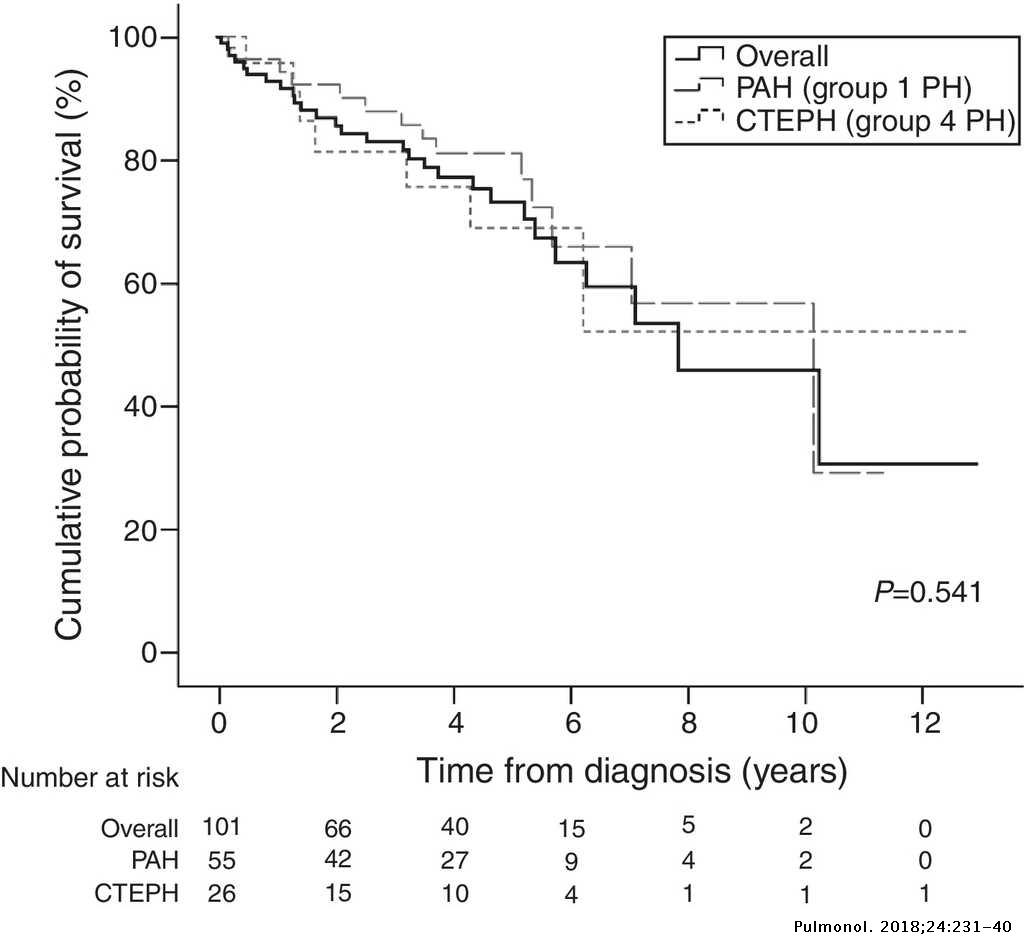
Pulmonary hypertension: Real-world data from a Portuguese expert referral centre | Pulmonology

Posting Komentar untuk "life expectancy with pulmonary hypertension"